Imagine this, you have to do some form of public speaking, or you are driving and the car in front of you stops short, or you are out for a walk and a strange animal jumps out in front of you. What would you do?
Flight or fight are the body’s natural way to response to stressful, scary, or dangerous situations. After extensive data collection, researchers now acknowledge that there are other automatic responses in addition to flight or fight and they are freeze and fawn.
So what do all these mean:
Fight: facing the threat head on
Flight: running away
Freeze: unable to react or move
Fawn: people pleasing to avoid conflict
Everyone can imagine a time where they experienced the fight, flight, freeze, or fawn response. All can have these experiences whether they are triggered by a physical danger or a psychological danger. Some things you may notice during these types of responses might include a change in breathing, rapid heart rate, and body tension. The level of stress depends on the person’s perception of the stressor and how much they believe they are equipped to cope with the stressor. Here are some other symptoms of each response:
Fight: tight jaw, teeth grinding, urge to punch, intense anger, crying, glaring, upset stomach, attacking source of the danger
Flight: over exercising, feeling fidgety or tense, constantly moving your limbs, numbness, dilated eyes
Freeze: pale skin, sense of dread, feeling stiff, heavy, or cold, slower heart rate
Fawn: This response is usually more common in those who grew up in an abusive situation. With time, you would be able to see that no matter how terrible a person treats you, you put that person’s needs before yours.
It is important to understand all four stress responses so that psychologists and researchers are able to find new strategies for dealing with stress. If these stress responses become too frequent or occur during inappropriate times, this can indicate a more significant clinical condition such as anxiety. You should seek help if you experience the following:
Always feeling on edge
Unable to relax
Persistent fear, nervousness, or worry
Stress interferes with daily tasks
Intense fear of non-threatening situations
These responses are out body’s defense mechanisms from perceived danger. If you notice yourself experiencing these responses seem excessive or you find yourself overreacting to non-life threatening situations please consider seeking professional help to uncover causes and develop strategies to cope.
When Should I Seek Therapy?
People might wonder how is a stranger suppose to help me or guide me? The author of “Perfectly Hidden Depression”, Dr. Margaret Rutherford wrote, “But a therapist isn’t going to solve your problem. A therapist is going to help you get back in touch with your own strength.”
To identify if you or someone needs therapy can be a bit difficult, especially since mental health and feelings look so different for everyone. Even symptoms of needing help can differ for all ages. It is also important to note that you don’t have to be experiencing these symptoms in order to seek therapy.
First let’s talk about children from the ages 1-12, children may develop behavioral difficulties as they get older and begin interacting with others more often. These are some things to look out for:
Difficulties expressing feelings in an appropriate way
Inappropriate expression of anger and/or affection
A want to hurt others
Difficulty grieving a loss
Difficulties with authority figures
Drastic changes in appetite, energy, and/or sleep patterns
Concern over adult issues
Teenagers (ages 13-18)
Teenagers may struggle with their identity, especially when in middle and high school. Some may develop negative coping skills due to academic and social pressures.
Obsession with social media
Comparing self to others negatively
Poor self/body image
Drastic changes in dieting or exercising
Isolation
Self-harming or suicidal thoughts
Young Adults (ages 19-39)
As a younger adult there are multiple new life transitions, gaining new independence and possible physical distance from familiar supports. Some may experience homesickness or anxiety.
Drastic changes in dieting or exercising
Sleep disturbances
Self harming and suicidal thoughts
Isolation
Change in their use of substances (alcohol, nicotine, marijuana, etc.)
Anxious feelings/thoughts that impair everyday life
Adults (ages 40-65)
In this age group so many changes occur such as changes in careers, losses of parents, finances, parenting challenges, and more. These changes can occur and overlap with one another and can cause some distress, especially after having a more established routine.
Isolation
Change in their use of substances (alcohol, nicotine, marijuana, etc.)
Self harm and suicidal thoughts
Anxious feelings/thoughts that impair everyday life
Losing interest in their career or their hobbies
Drastic changes in dieting or exercising
Comparing self to others negatively
Older Adults (ages 65+)
Unfortunately, this age group has the highest suicide rate and some believe this may be due to cognitive decline and major health conditions. This age group has to cope with a loss of independence and having to witness the passing of their loved ones and peers which can cause symptoms of depression.
Lack of sleep or restlessness
Hard time coping with the loss of their loved ones
Excessive worry/anxiety
No want to engage in physical activity
Isolation
Being irritable or aggressive with others
Thoughts of suicide; constant feelings of depression/hopelessness
Now please keep in mind these are some things to monitor or keep a close eye on. If you feel that you or a loved one should seek professional help there are many ways to find it. You can utilize the internet and seek a therapist/counselor or you can reach out to member services on the back of your insurance card for a list of providers. Click here for additional support.


